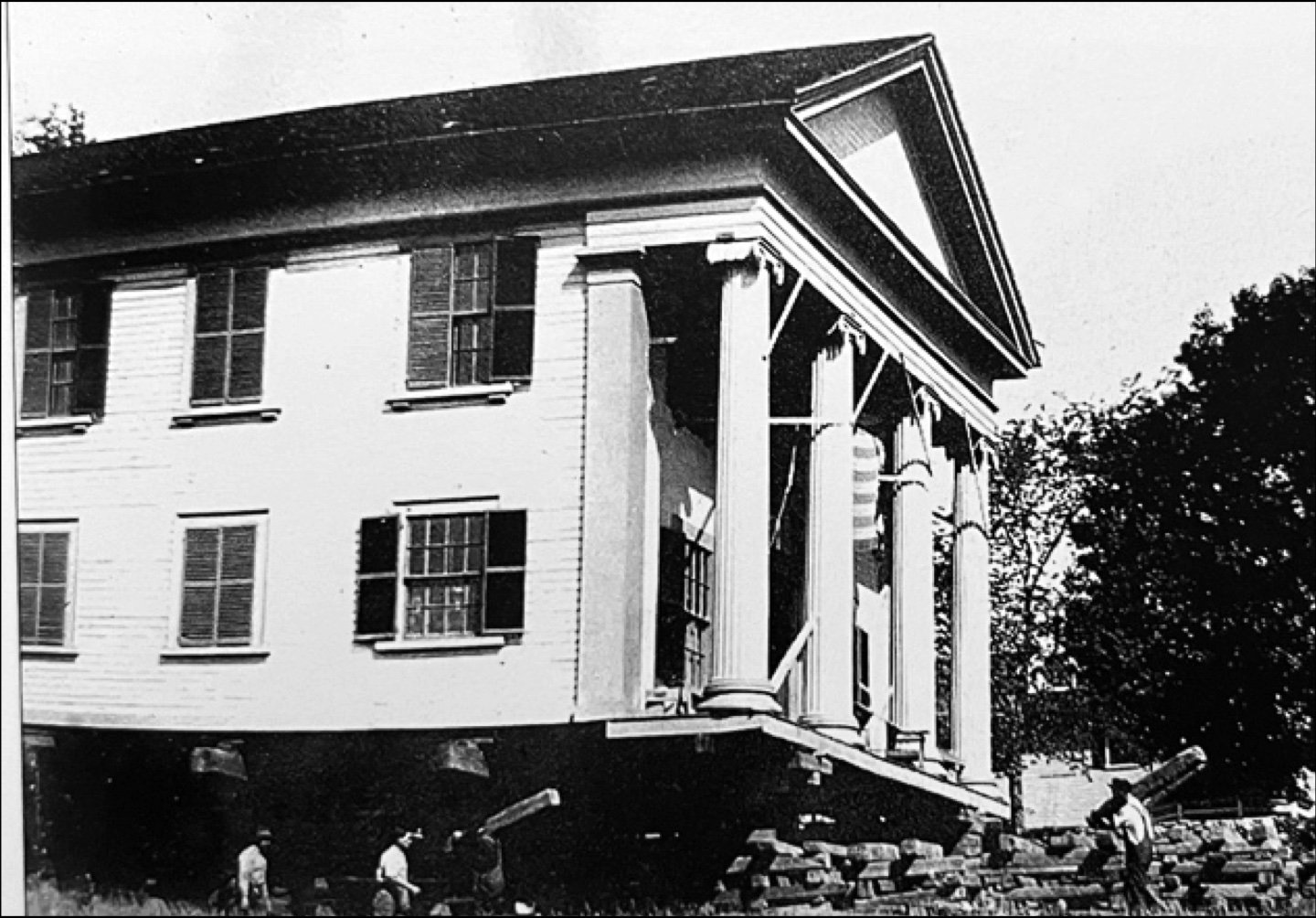Lincoln Town History
Early 20th Century
By 1900, Lincoln‘s population had reached 1,000, and increased industrialization was threatening the town’s rural character. Most of Lincoln’s old businesses were gone. The automobile created new demands on roads and land use. Residents continued to believe that Lincoln was still a quiet country town, while some still shook their heads and fretted: “Lincoln is the future ‘West End’ of Boston.”
World War I created shortages of food and critical items. Sixty Lincoln residents (including one women) served in uniform during the war. The Great Depression’s effect on Lincoln was relatively minor compared to the nation as a whole, in good measure because of the town’s agricultural economy.
Between the two world wars, Lincoln felt the need for strong action to protect its increasingly imperiled rural character. Zoning laws for residential lot sizes went into effect in 1929 and, seven years later, one-acre zoning was adopted. (In 1955 Lincoln became the first Massachusetts town to adopt two-acre residential zoning.) The old Cambridge Turnpike was paved, facilitating commuting to and from the Boston/Cambridge area.
As Lincoln increasingly regulated land use, its built environment continued to flourish. Country estates and summer places were constructed, several later becoming home to organizations such as the Massachusetts Audubon Society and the Carroll School. Three structures of exemplary architecture have since become museums: the Codman House, the DeCordova Sculpture Park and Museum, and the Gropius House.
Images from the Archives
Kerry Glass, History of Lincoln Ways: map of Lincoln roads, 1930
Henry Cousins, owner of a grocery store at the depot, proudly displays his Fourth of July float c. 1900
John Farrar on pung used as early school bus, c.1900
Lincoln town baseball team, c. 1900
Martin Corrigan, whose father was DeCordova's coachman, shown here on a firetruck in the early 1900s
View of Lincoln Hill, 1907
In 1918, Charles Sumner Smith bought the Old Town Hall and moved it down the hill to its current location. The general store within the Old Town Hall stayed open for business while the building was being moved.
Keep checking back in as we continue to build out this section.
Are you a “citizen scholar?” Would you like to add to this section with images, documents, maps or artifacts? Be in touch! We’re a volunteer organization, and we welcome your help and input!






